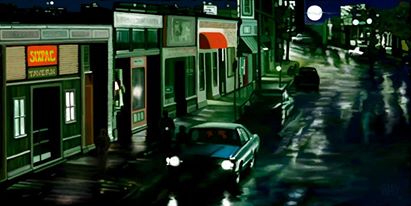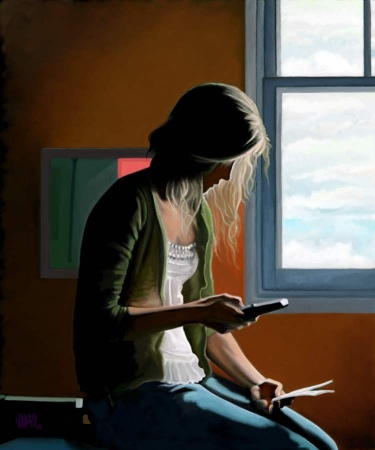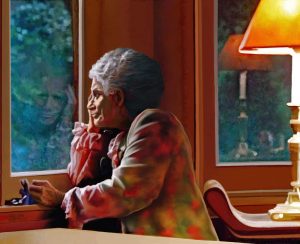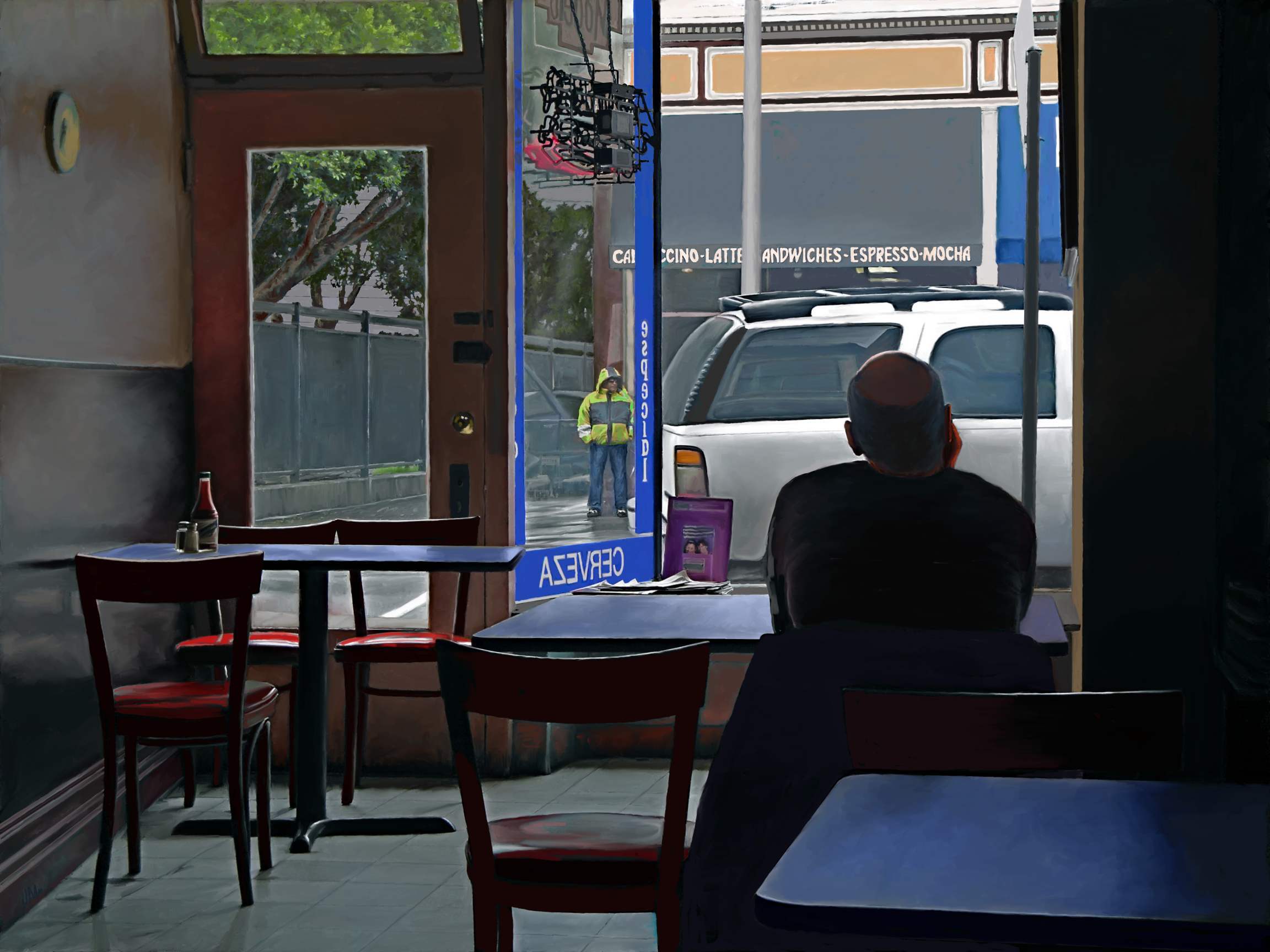“If you could say it in words, there would be no reason to paint,” said the American artist Edward Hopper. Here, Hopper emphasizes the importance of painting as a language. Art has a power to free humankind but who is it freeing? The context of the works not only remains in the audience’s hearts, but also is rooted in human culture and history. Therefore, art has to be about the artist and the world around him—herself or himself and others.

In the Diamond Sutra, the Buddha said to Subhuti: “If, Subhuti, a Bodhisattva holds onto the idea that a self, a person, a living being, a lifespan exists, that person is not an authentic bodhisattva.”
The Buddha teaches us not to dwell on our perception of things, because there is no reality as we might perceive it. When conditions change, the situation will change with it. If an artist holds on to an egotistic mind, he or she cannot break past the barrier of a strong sense of self. Without this wisdom they cannot see that we are the other person and the other person is ourselves.


American artist Jack Massey, who recalls Edward Hopper in his work, said: “People love images that relate to their own lives.” This is because art and human life are ultimately inseparable. When artists make art, they want to convey to the audiences a message, while at the same time, also mold society by reflecting it, the good as well as the bad.
Jack Massey’s paintings document late 20th and early 21st century urban life. Many seem to portray American archetypes, timelessly set in consciousness and still with us—the tough guy, the bar girl, and “the honcho.” But Massey’s work, while preoccupied with the city, also has a certain stillness about it that reveals a hint of self-reflection in busy urban lives. Do people fall into these roles? How much of the self is left after society sets a role up for us? We all fit into roles to survive in modern urban settings, and we need to find a meaningful self in the hurly-burly.
Massey said: “There’s a palpable energy in the settings that makes them as unique as the people and it is being lost in the proliferation of fast food and coffee chains.” He also noted, “There may come a time when the identity of cities dissolves into the same desperate anomie of its people. If the sense of place that a city provides is lost,then its inhabitants will lose hope with it.”
Good art reaches into the heart of our culture and raises core questions about our society: questions about ourselves and others. It can do this without clinging to the notions of self, the person, the living being, or even our lives. Whether for the artist or the viewer, we can see that we are the other person and the other person is ourselves even as we maintain a meaningful identity in the conventional world.

